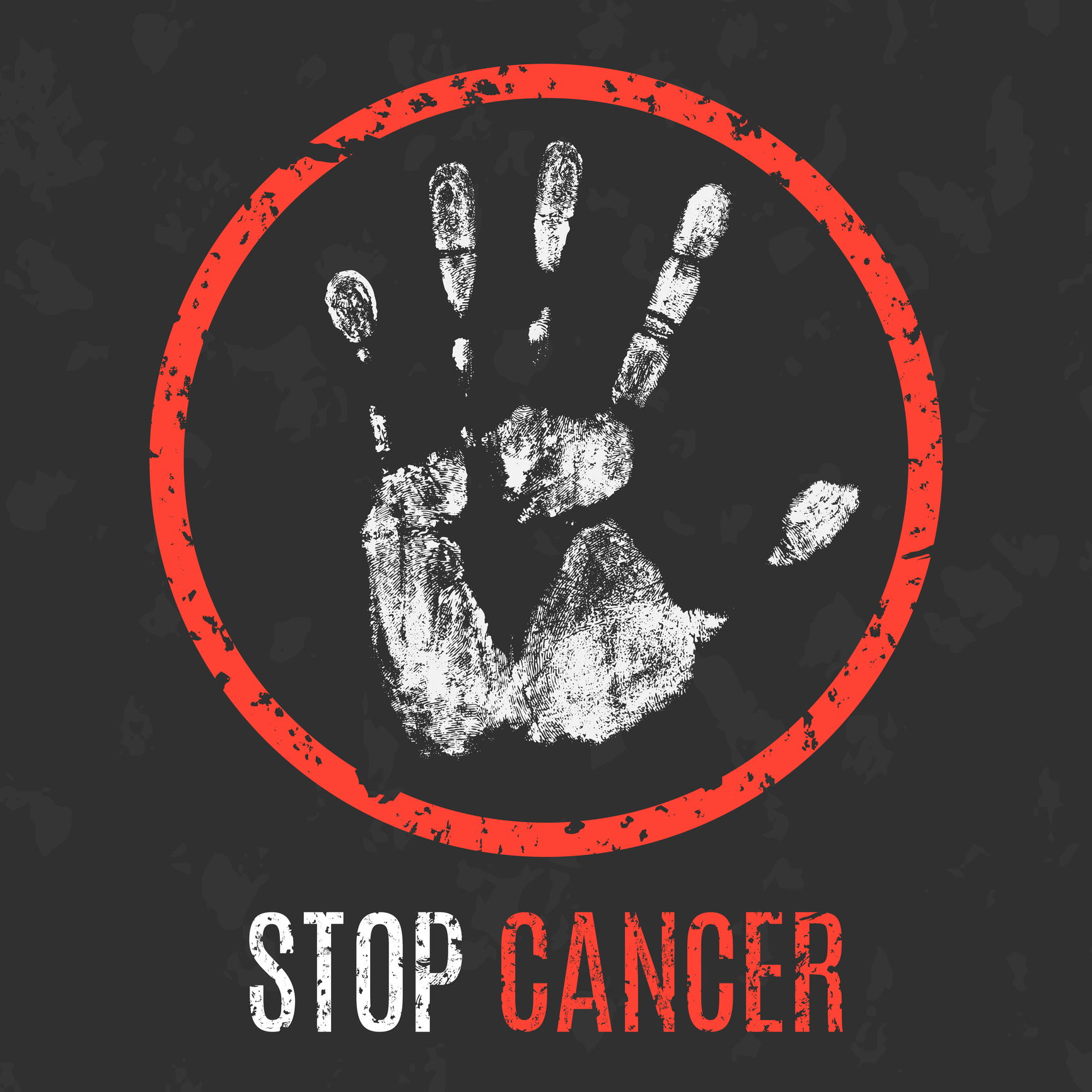
For Many, CAR T is a Miracle Therapy – We Need to Get it to More Patients
To truly expand CAR T access and prepare for the wave of new T cell-based therapies coming through the pipeline, we must find better ways to manage CRS and ICANS.

To truly expand CAR T access and prepare for the wave of new T cell-based therapies coming through the pipeline, we must find better ways to manage CRS and ICANS.
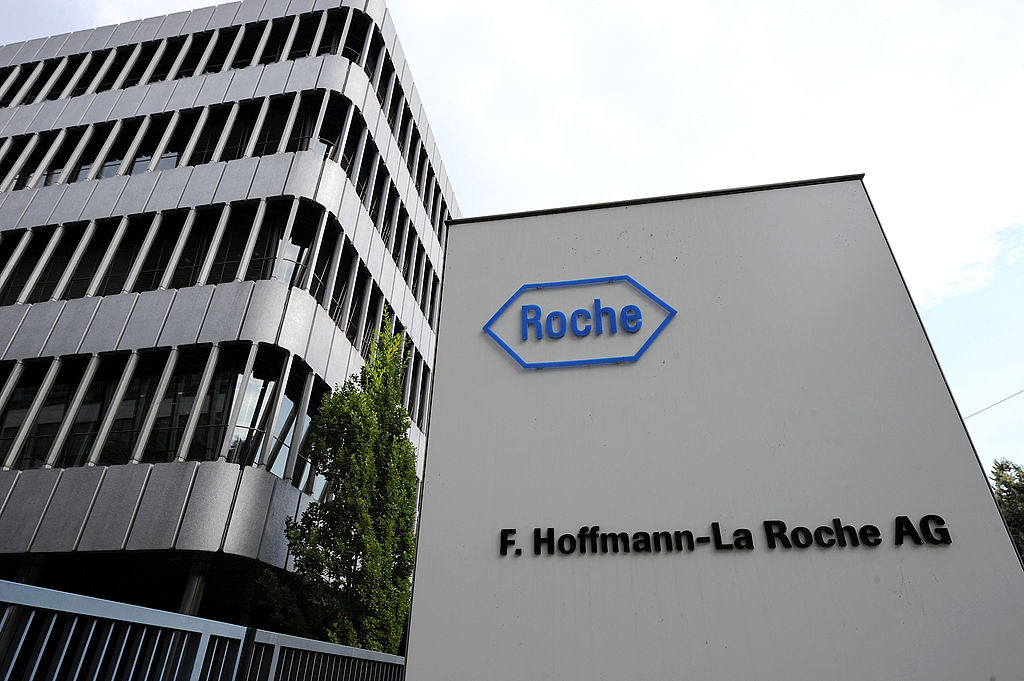
Roche is buying 89bio to get pegozafermin, a drug currently in two Phase 3 studies for the fatty liver disease MASH. Beyond the $2.4 billion payable when the deal closes, another $1.1 billion in contingent value right payments is tied to the achievement of commercial milestones for the projected blockbuster seller.
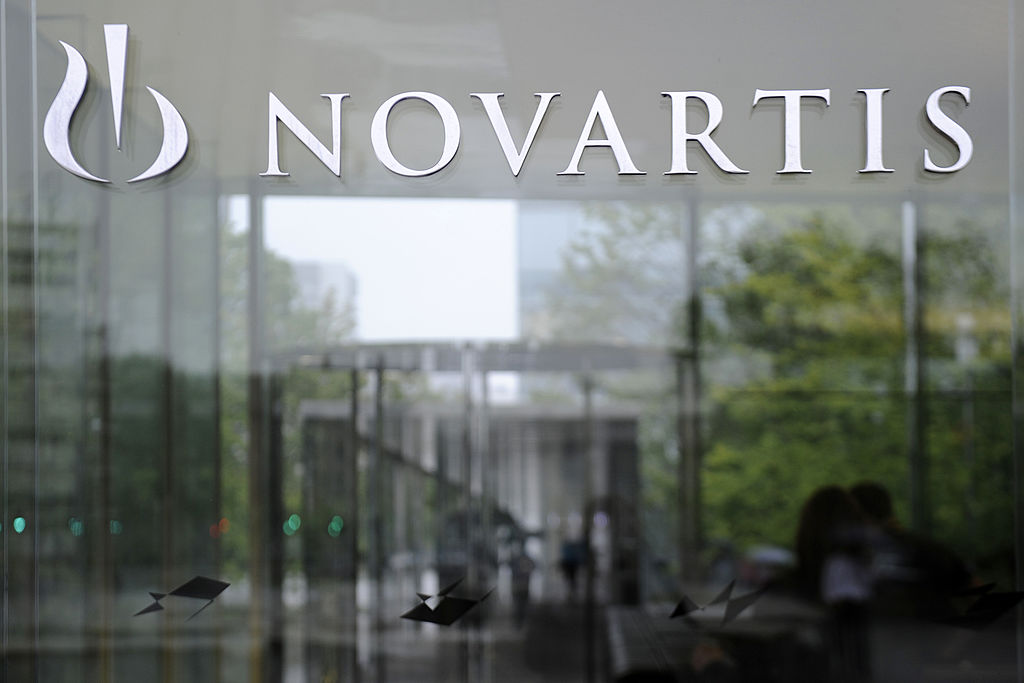
Novartis is paying $120 million up front to secure rights to a Monte Rosa molecular glue degrader drug candidate as well as options for two others. The two companies began working together last year under an alliance focused on immune mediated-diseases.

With positive Phase 1 results for the metabolic disorder drug MZE782, Maze Therapeutics plans to advance the small molecule to Phase 2 tests in phenylketonuria and chronic kidney disease. Following the data readout, Maze raised $150 million in a private placement.

Putting aside the politics of this situation for the moment, here are some ways for commercial execs to navigate the current climate of volatility.
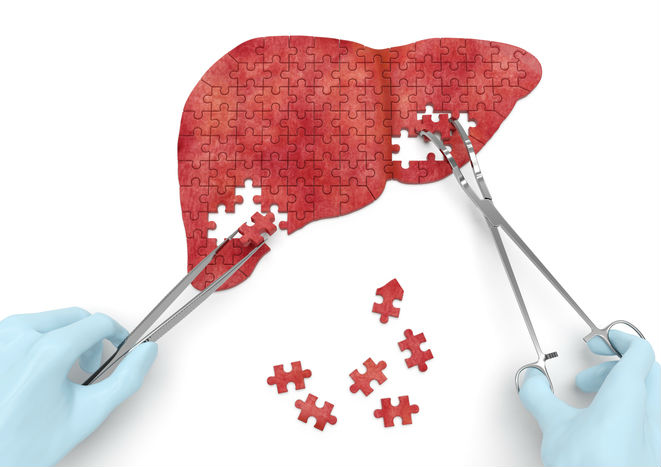
Intercept Pharmaceuticals is voluntarily withdrawing from the market Ocaliva, a drug for the rare liver disease primary biliary cholangitis. While Ocaliva became an important new treatment option when it won accelerated FDA approval in 2016, PBC patients now have new FDA-approved medicines from Ipsen and Gilead Sciences that don’t pose the same safety risks.

A Johnson & Johnson cancer treatment that can spare certain bladder cancer patients from the radical step of surgical removal of the organ now has FDA approval. J&J’s drug/device combination product, Inlexzo, came from the 2019 acquisition of Taris Biomedical.
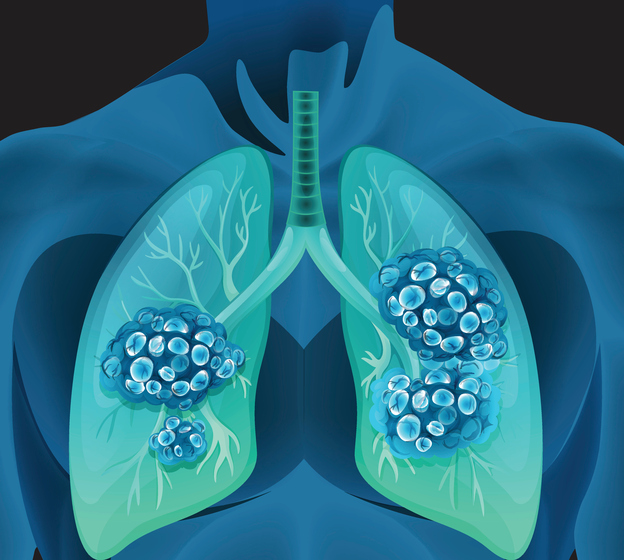
Despite achieving statistically signficant improvement in progression-free survival in North American and European patients, Summit’s drug ivonescimab fell short of the other Phase 3 goal measuring overall survival. It’s the first Phase 3 readout for an emerging class of bispecific antibodies that treat cancer by blocking two targets, PD-1 and VEGF.
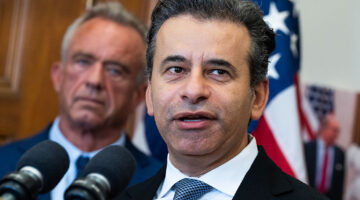
FDA Commissioner Marty Makary said publishing complete response letters recognizes public interest in the transparency and credibility of agency decision-making about drugs. He also said the move complies with an executive order that covers the communication of scientific data.
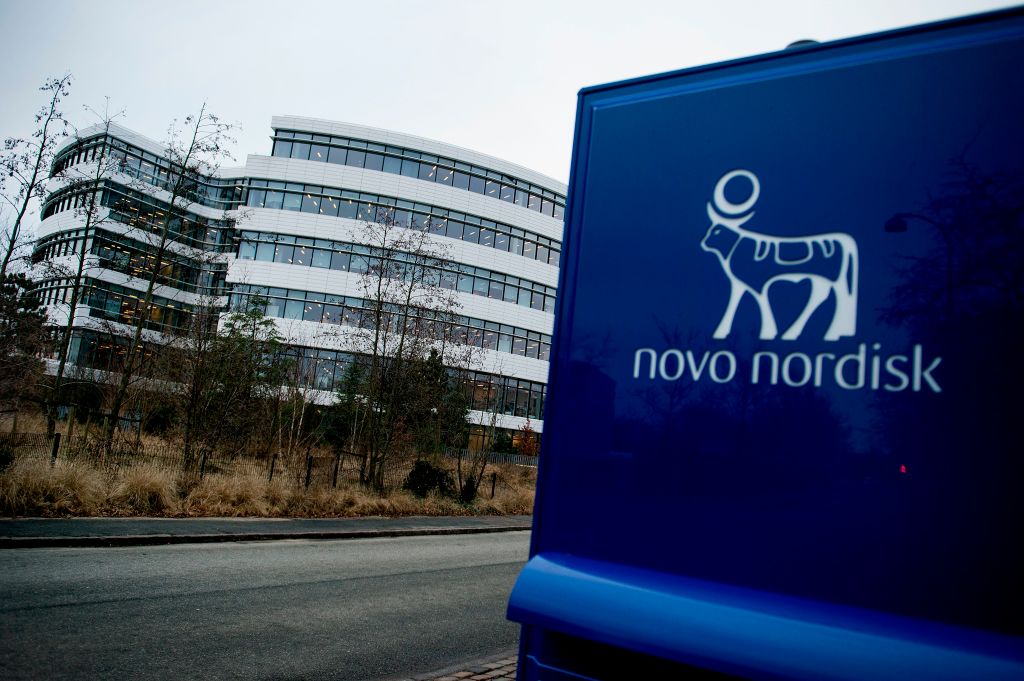
Obesity and type 2 diabetes are among the cardiometabolic diseases included in Novo Nordisk’s R&D pact with Replicate Bioscience, a deal that could pay out up to $550 million. Startup Replicate specializes in therapies and vaccines based on self-replicating RNA.
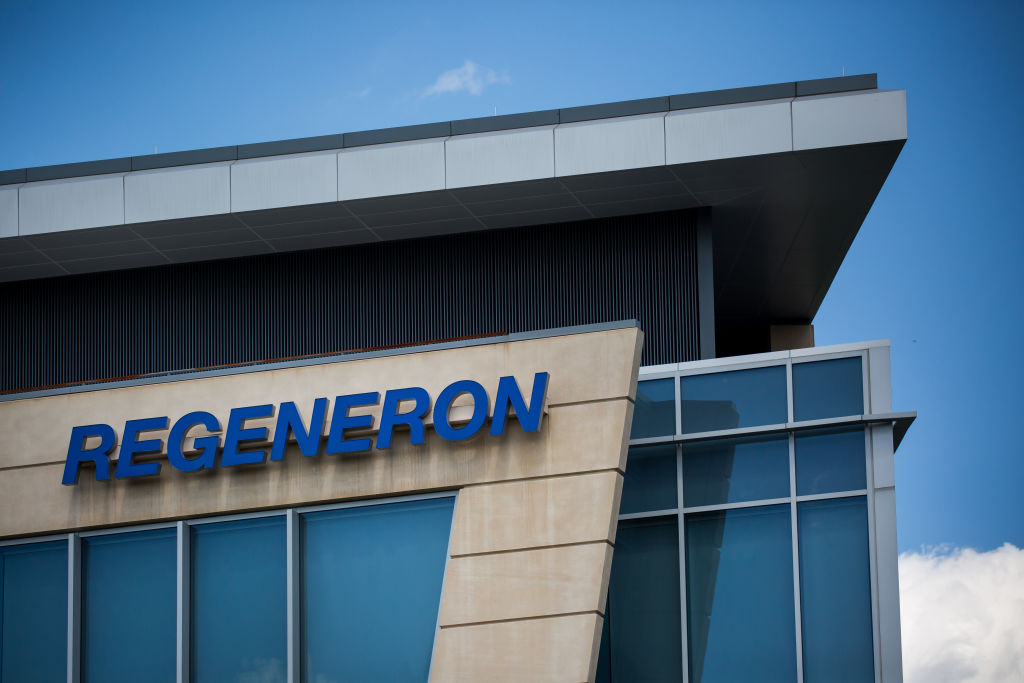
Cemdisiran, a small interfering RNA drug that Regeneron Pharmaceuticals licensed from Alnylam Pharmaceuticals, met the goals of its pivotal test in generalized myasthenia gravis. The rare neuromuscular disease has several new therapies, but analysts see cemdisiran as having advantages over one particular class of drugs.

LB Pharmaceuticals’ planned IPO will fund late-stage clinical development of LB-102, a once-daily pill designed to improve on the old Sanofi schizophrenia drug Solian. The IPO filing follows a corporate restructuring in May that cut the jobs of LB’s chief financial and scientific officers to streamline operations and extend its cash runway.

Valneva must immediately cease U.S. shipments and sales of Ixchiq, a vaccine for chikungunya virus. The FDA recently lifted a pause on dosing of Ixchiq, but the agency’s new safety alert is based on an assessment that found the vaccine appears to be causing chikungunya-like illness in recipients.

Saniona’s drug candidate could expand Jazz Pharmaceuticals portfolio in epilepsy. But this preclinical small molecule will need to show advantages in safety and efficacy to compete with Biohaven Pharmaceuticals and Xenon Pharmaceuticals, each with clinical-stage drugs that hit the same epilepsy target.